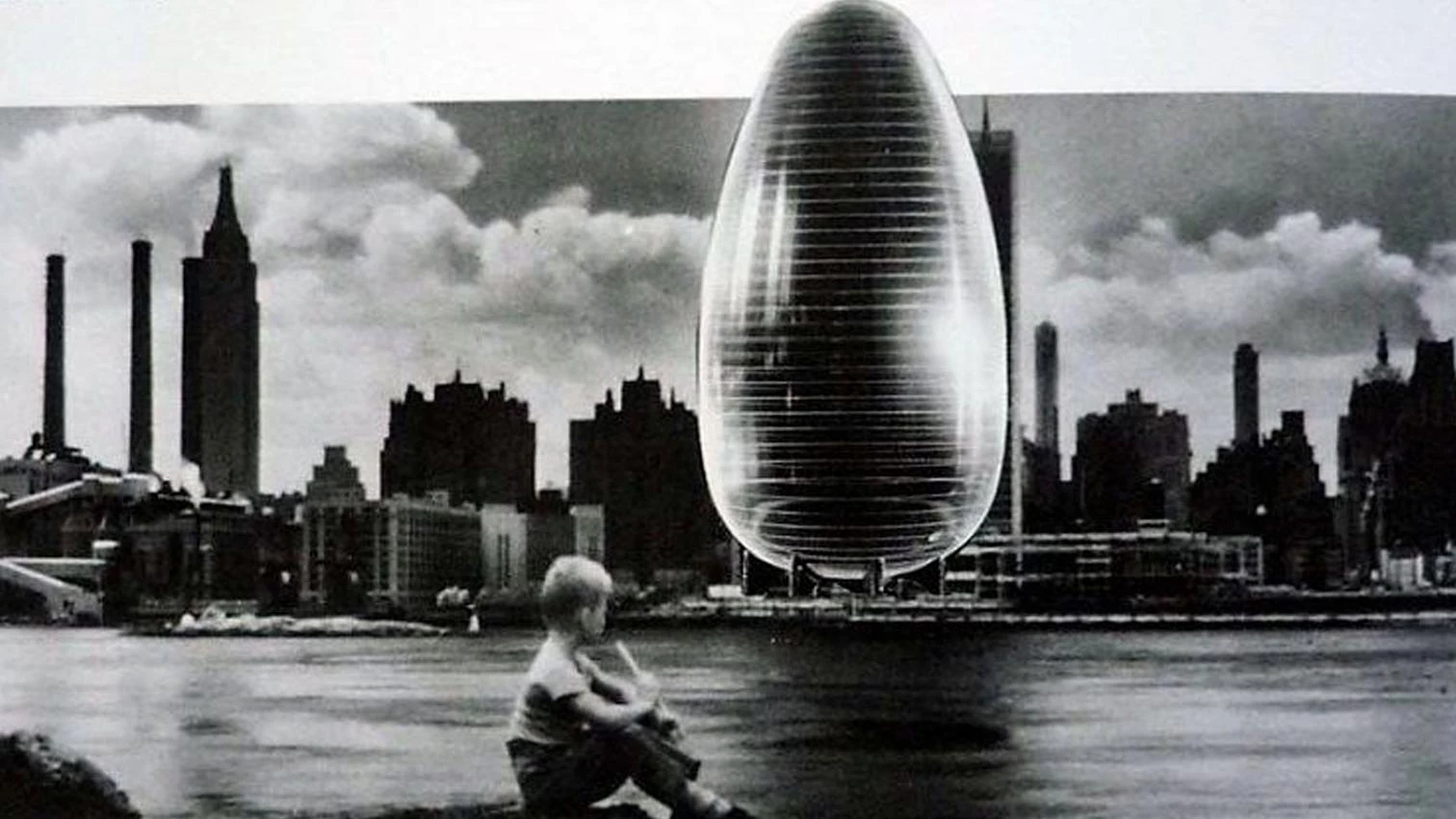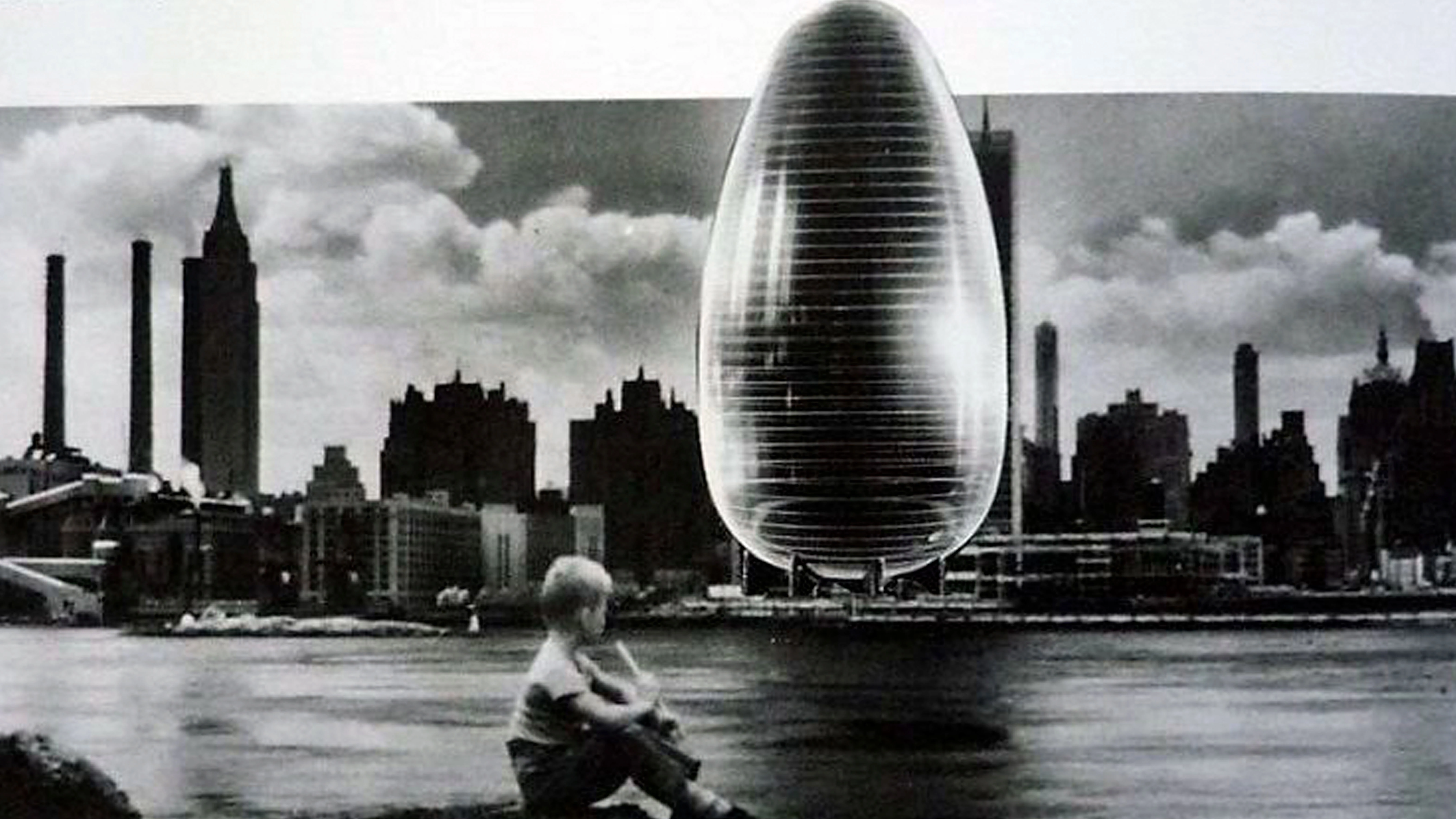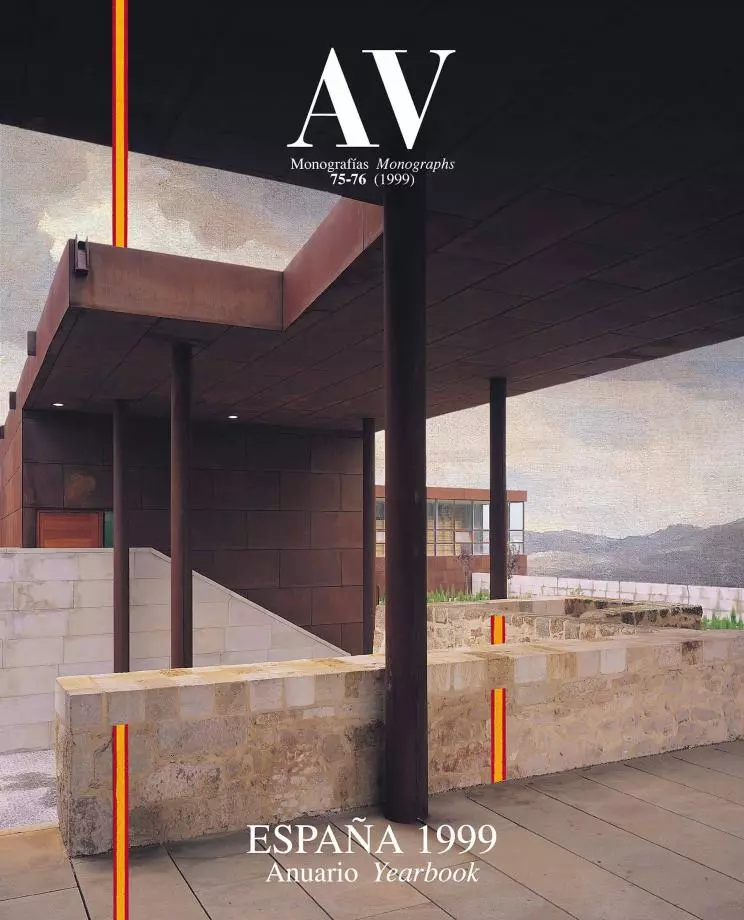
(1912-1998)
One of the most charming figures of recent French architecture, André Bruyère, died on Easter Sunday. Born in Orleans, son and grandson of engineers, and nephew of Richard Bloch and Pierre Abraham, the communist intellectual founders of the magazine Europa, Bruyère channelled his concerns by linking himself with the group formed by André Bloc around which was re-launched the magazine L’Architecture d’Aujourd’hui. His first significant work was the attention center for deportees in Fleury-Mérogis (1948), a sculptural building with sinuous walls. The free forms and sensual gestures of his architecture remind us of those of Brazilian Modernism. Also a designer, he created furniture which decorated the houses of René Clément and Michel Piccoli, and after 1965 he was responsible for the image of the bank BNP. In 1993 he was awarded the Grand Prix d’Architecture, and the Pompidou Center acquired his archives. At 86 years old he was still driving his silver Porsche. In his last book, published shortly before his fall, Bruyère asked to be cremated and that his ashes be scattered on the Luxemburg Gardens in Paris.






